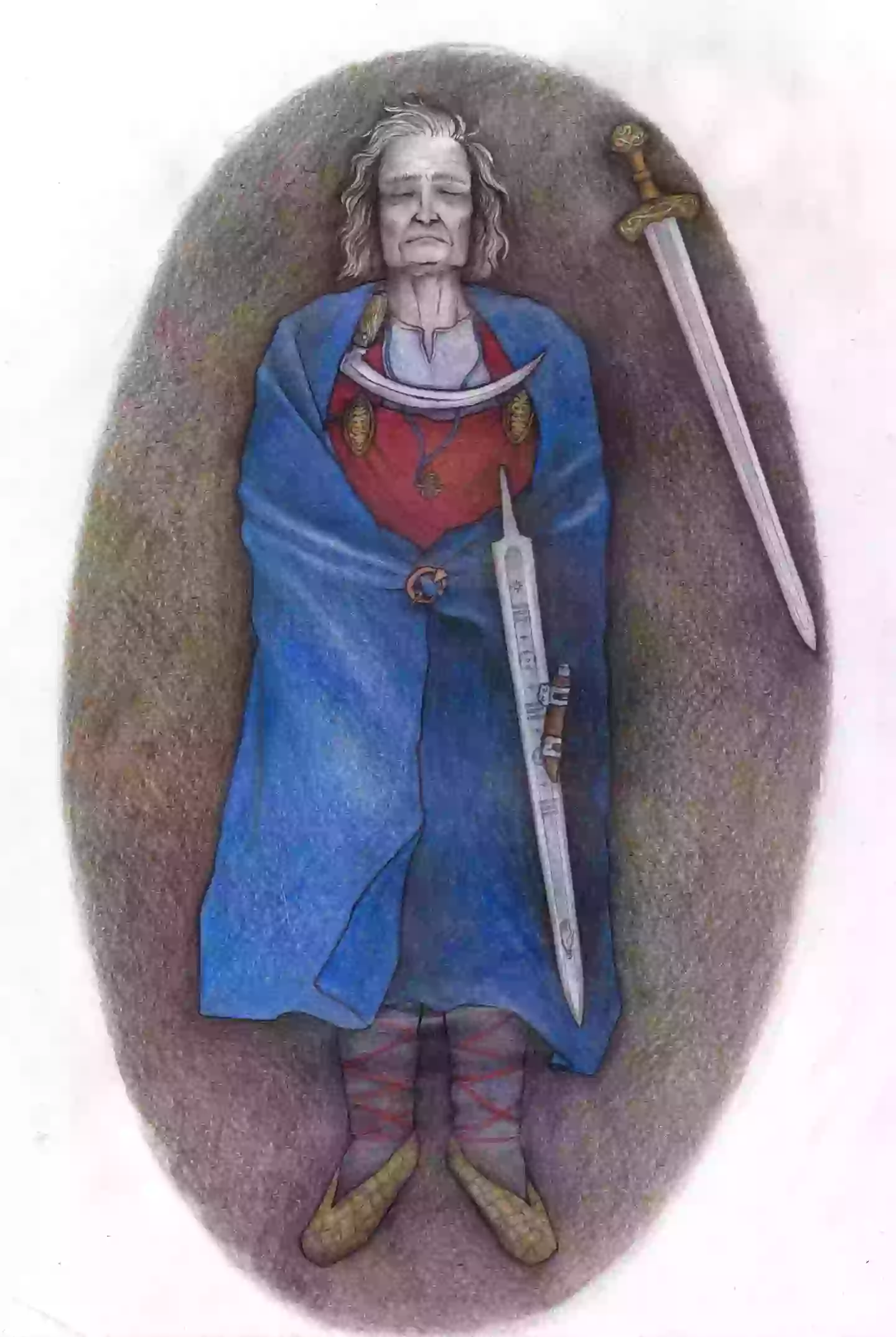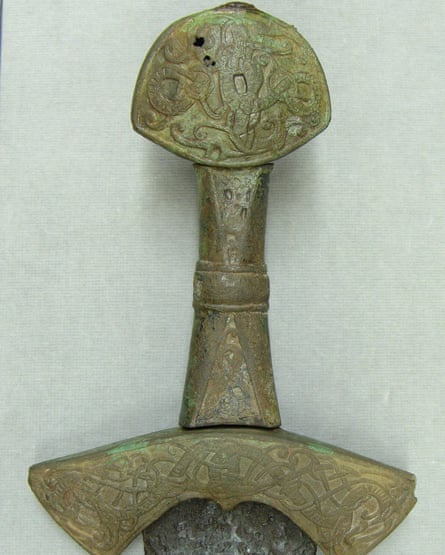The grave of an unknown warrior was first discovered in Finland back in the 1960s, but a new study has revealed more details about the person buried there.
Understanding people from the distant past is not easy. Historians and scientists rely on artifacts, texts, and discoveries to piece together how ancient societies lived.

A study of a grave found in Suontaka Vesitorninmäki, Hattula, Finland is challenging what we thought we knew about gender roles in the Iron Age and Medieval times. The grave, discovered in 1968, contained a sword with a bronze handle, along with objects that suggested the buried person may have been a woman or someone with a different gender identity.
The University of Turku explained in a press release that the person was buried wearing jewelry, which was common for women of that time. But at the same time, they were also buried with a sword, which was usually associated with men and warriors.

For decades, experts believed the grave either held both a man and a woman or was proof of female warriors or leaders in ancient Finland. But new research shows that only one person was buried there. They wore feminine clothing and had a hiltless sword placed on their left hip.
DNA tests on the remains suggest the person may have had Klinefelter syndrome, meaning they were born with an extra X chromosome (XXY).
Ulla Moilanen, an archaeology researcher, said this could be an example of someone whose social identity didn’t fit the usual gender categories of that time.
The university’s press release also stated that if the person had visible traits of Klinefelter syndrome, they might not have been seen strictly as male or female in their community.
Despite this, the grave was filled with valuable items, suggesting that this person was highly respected and accepted in their society.
